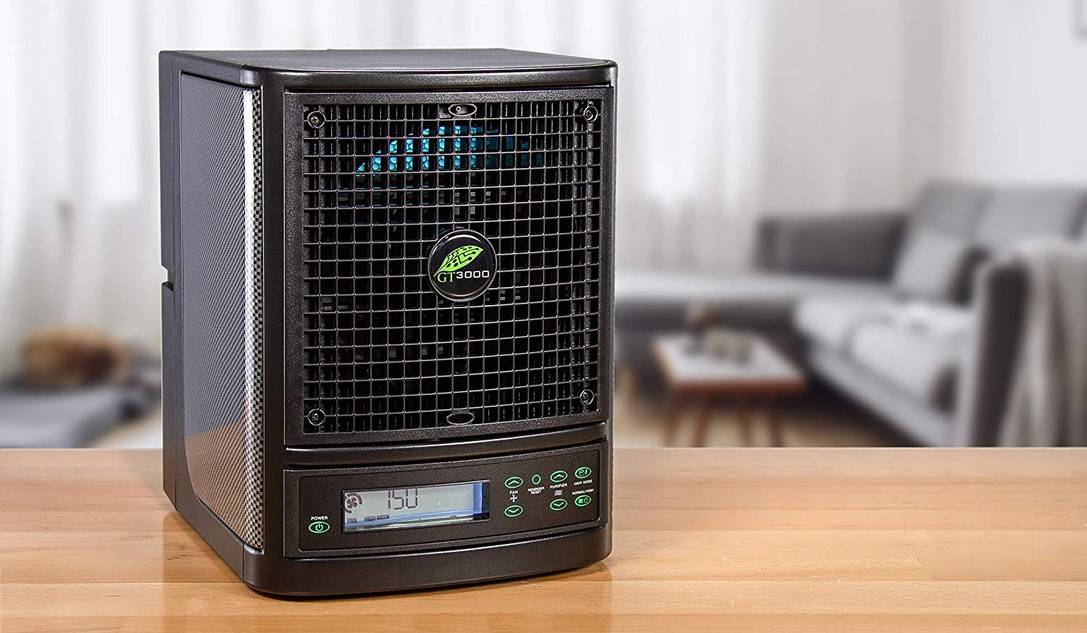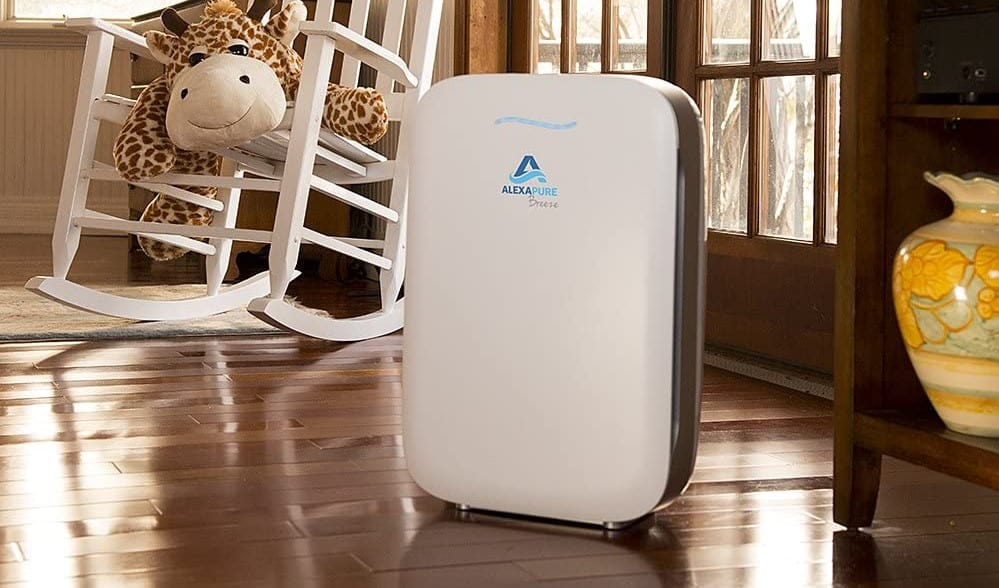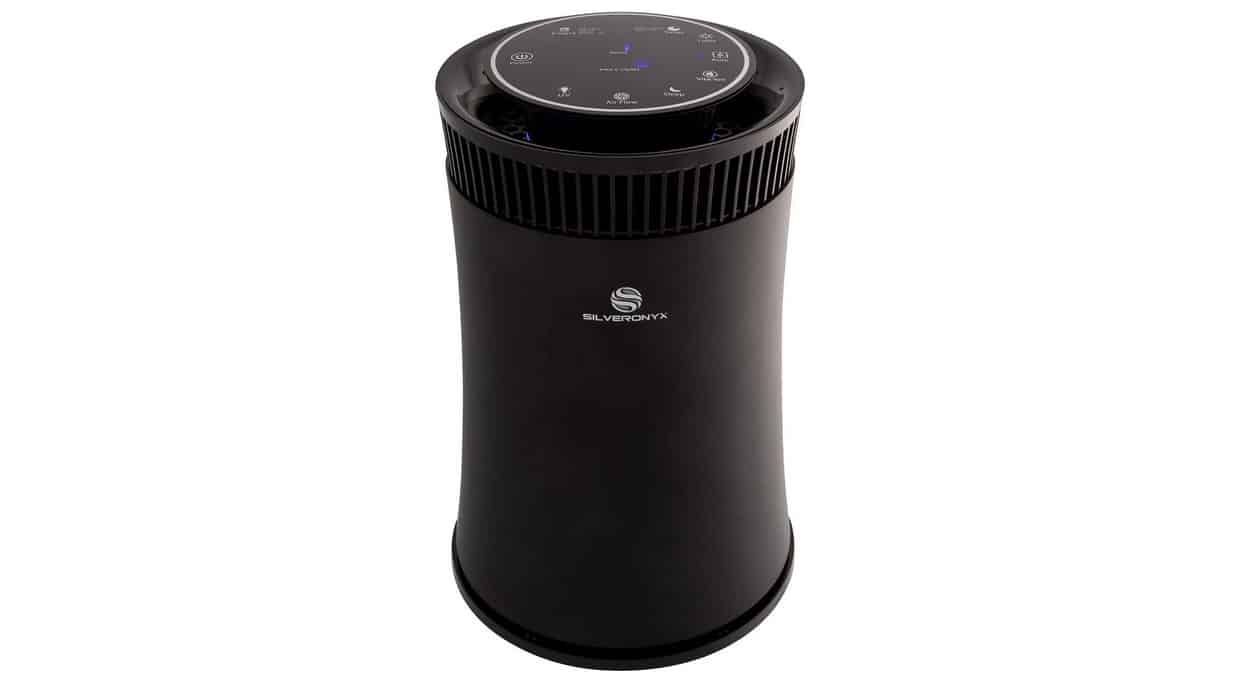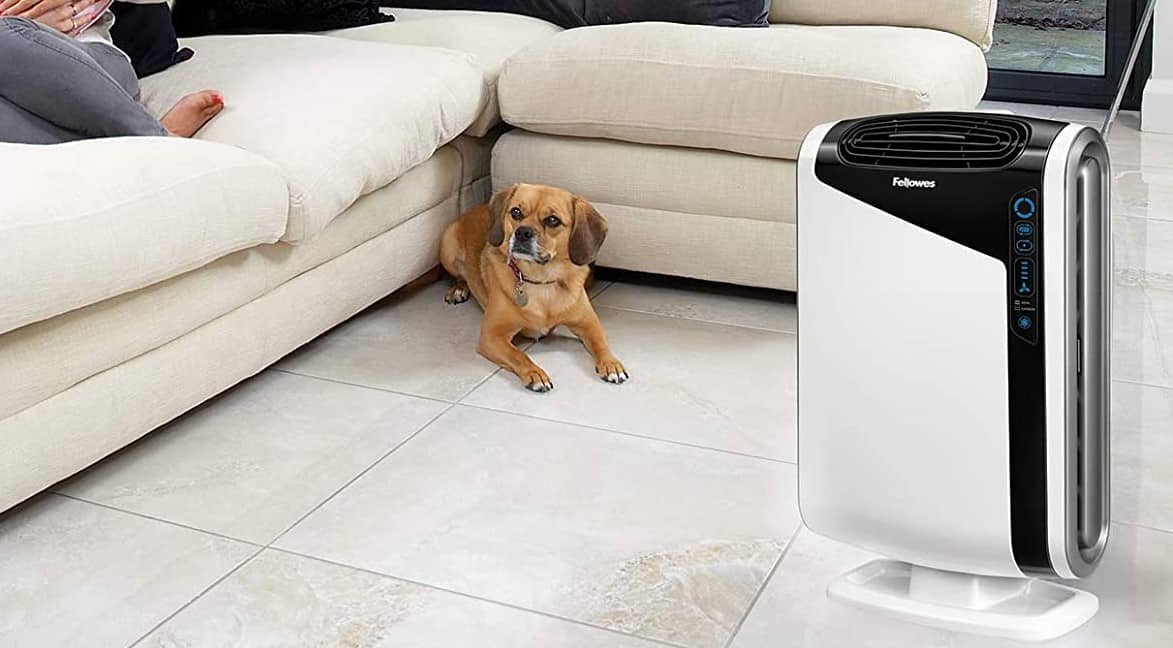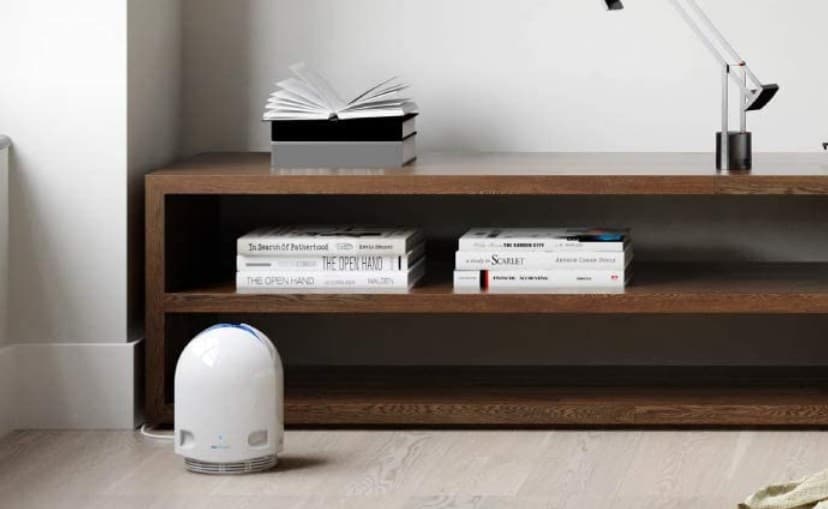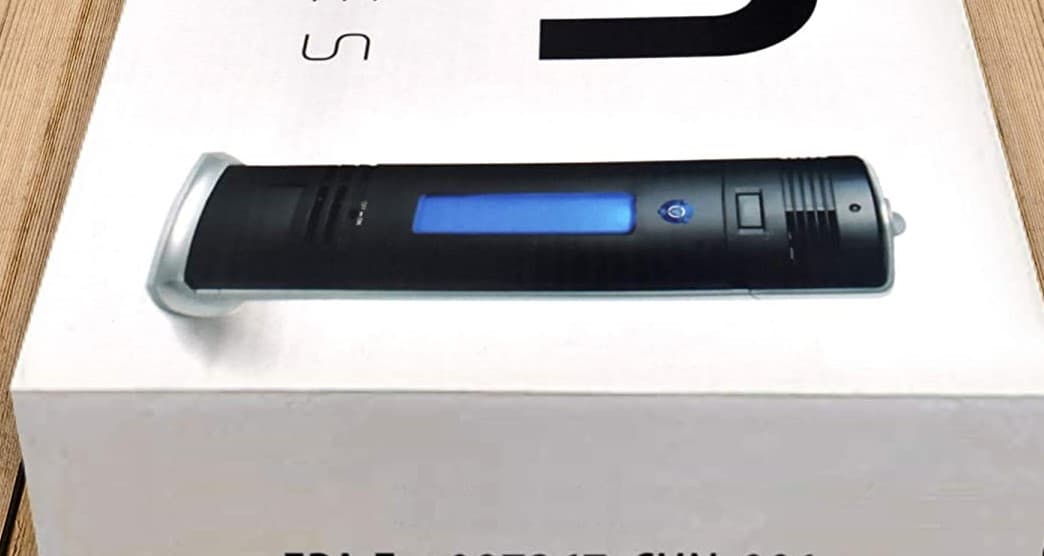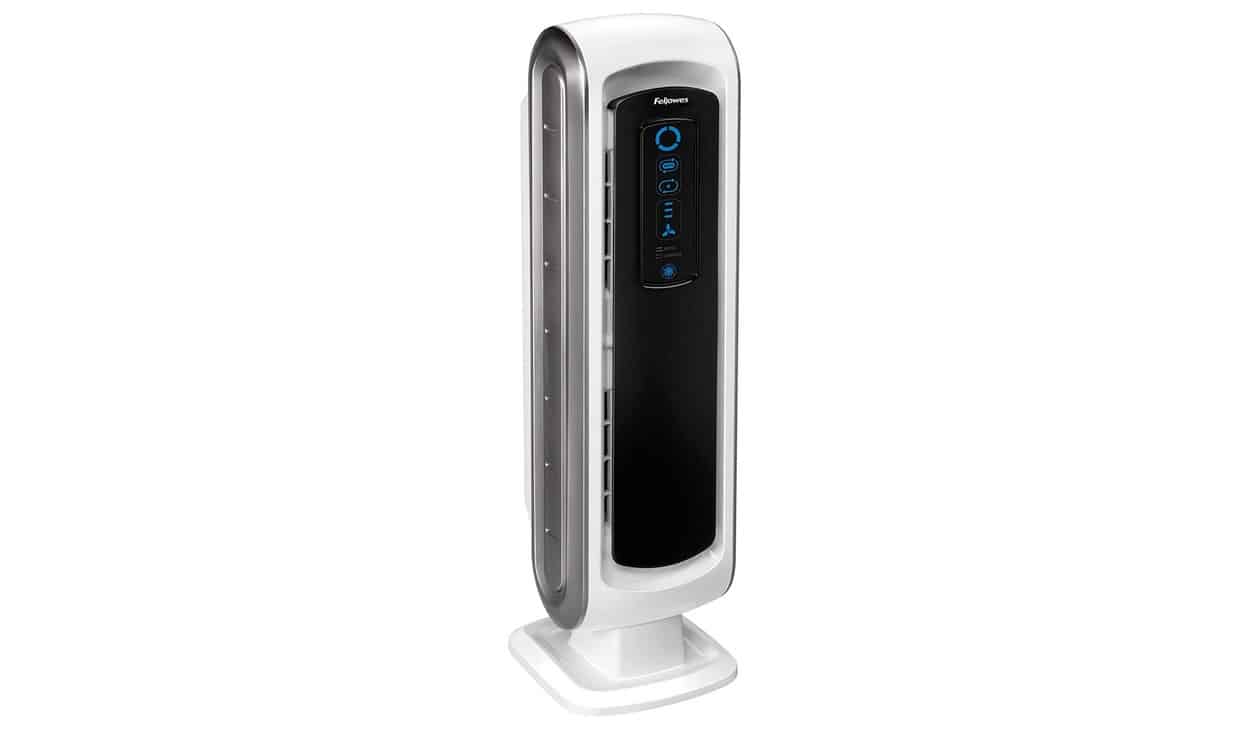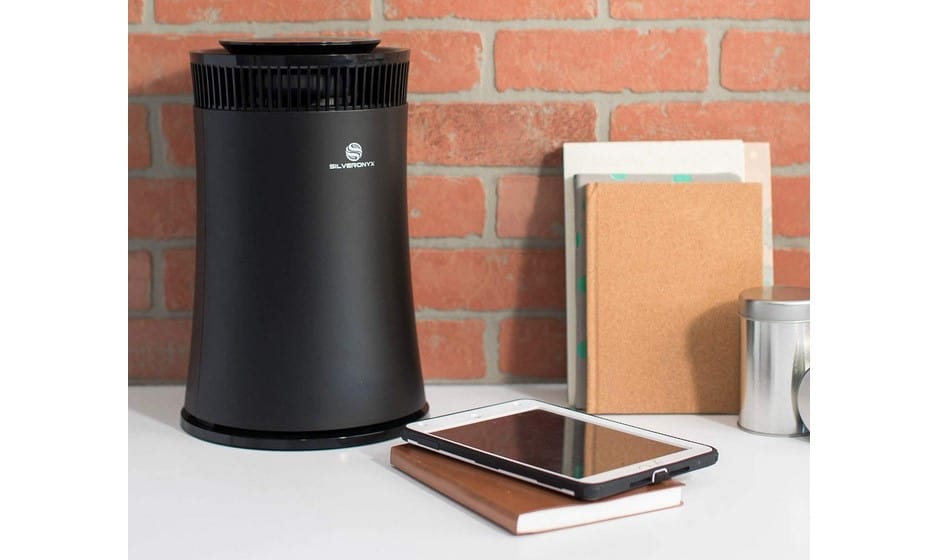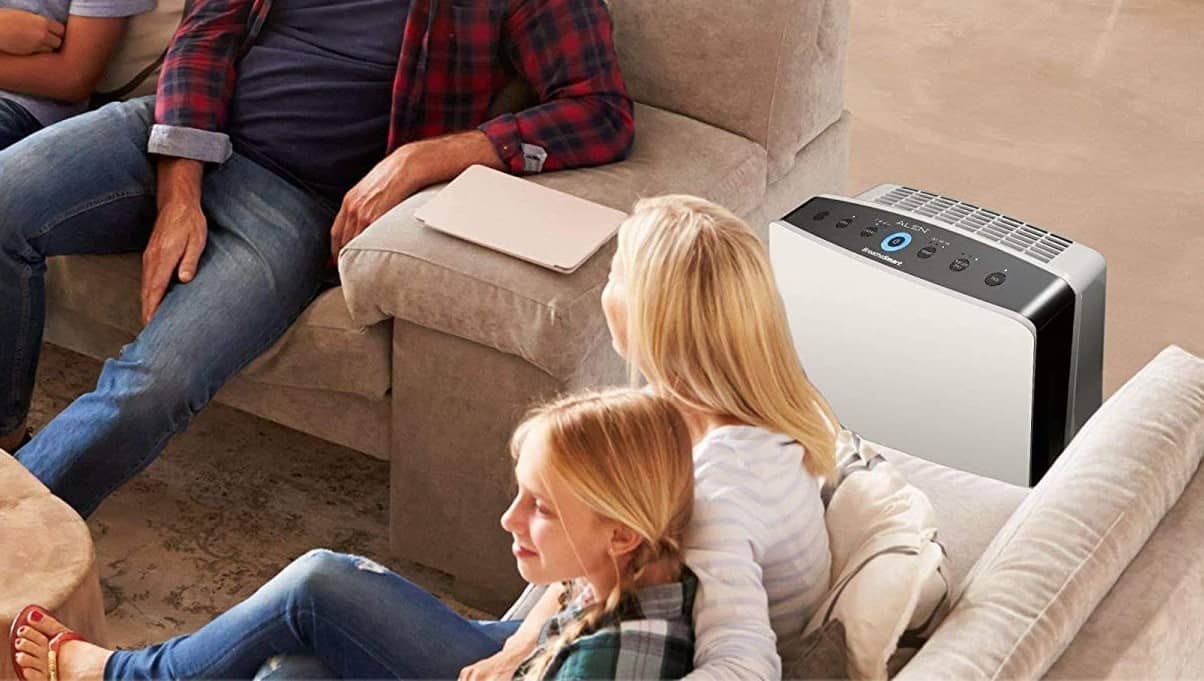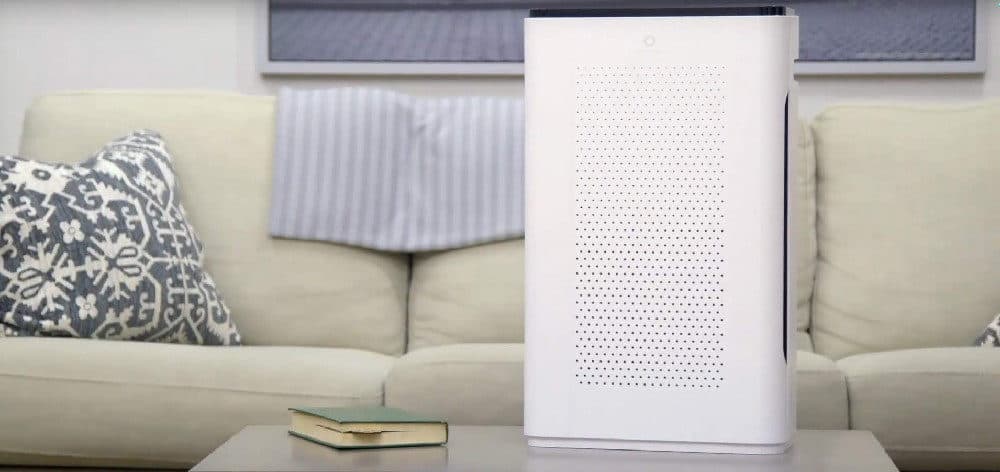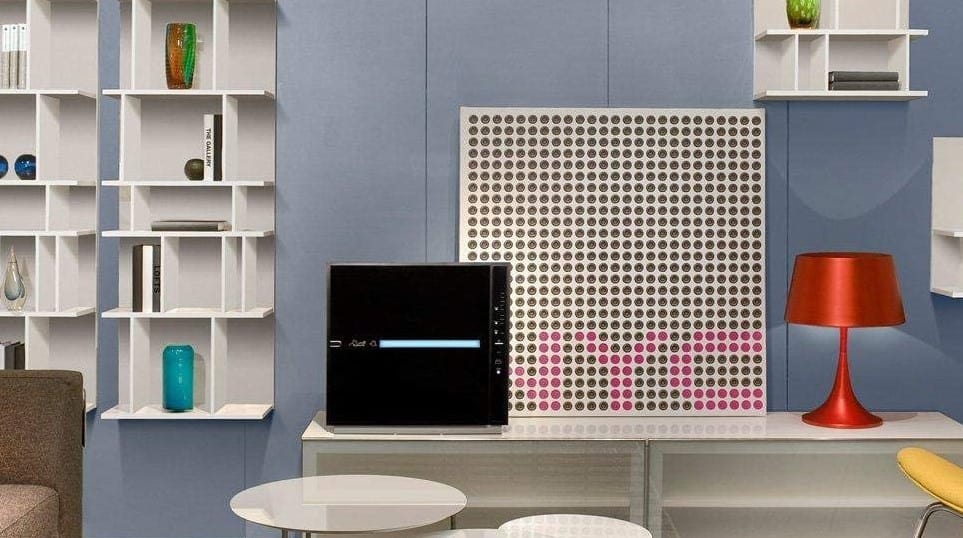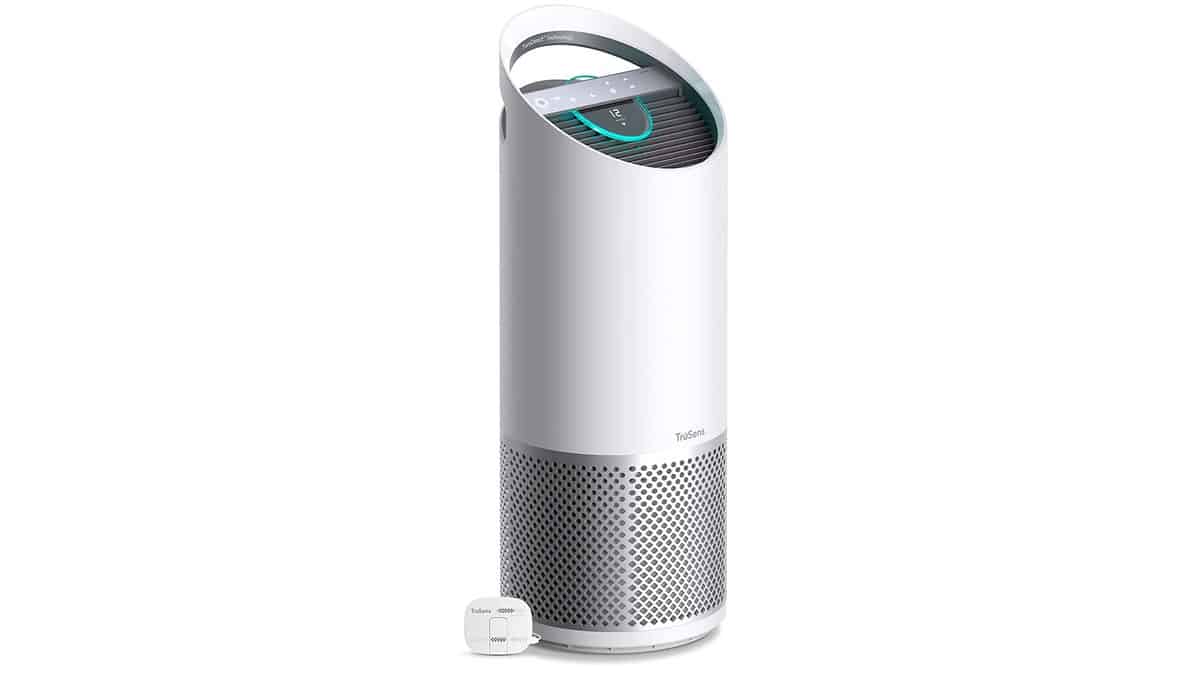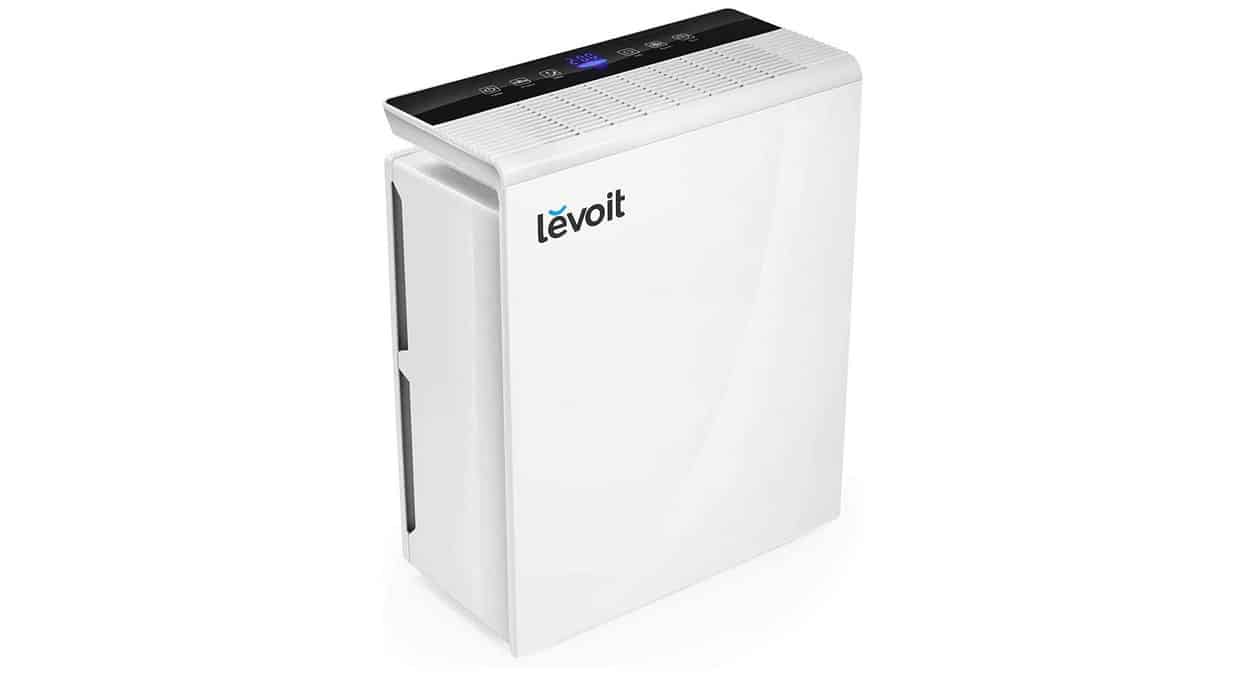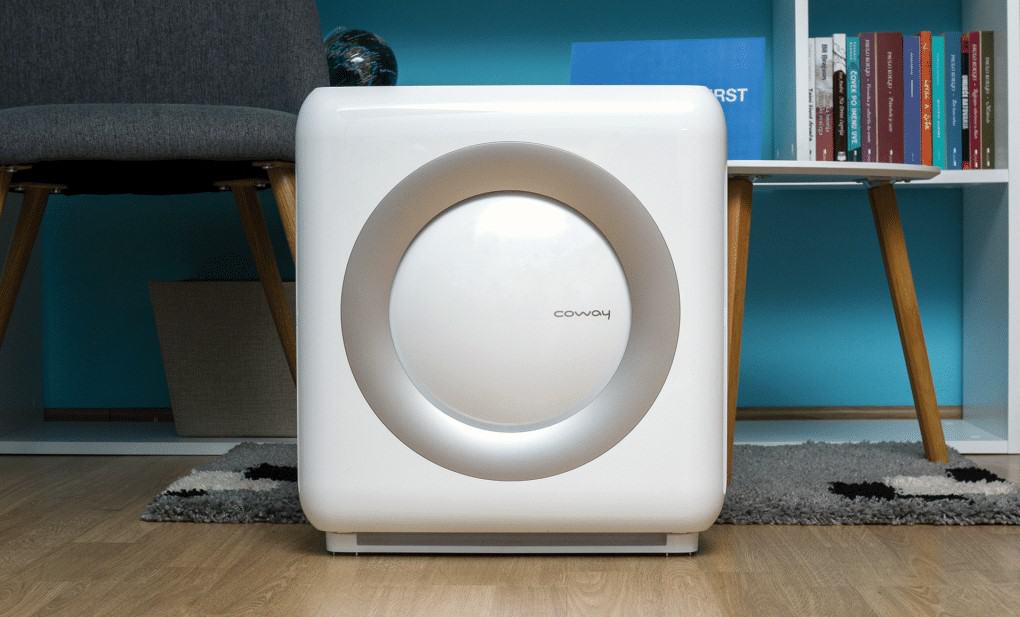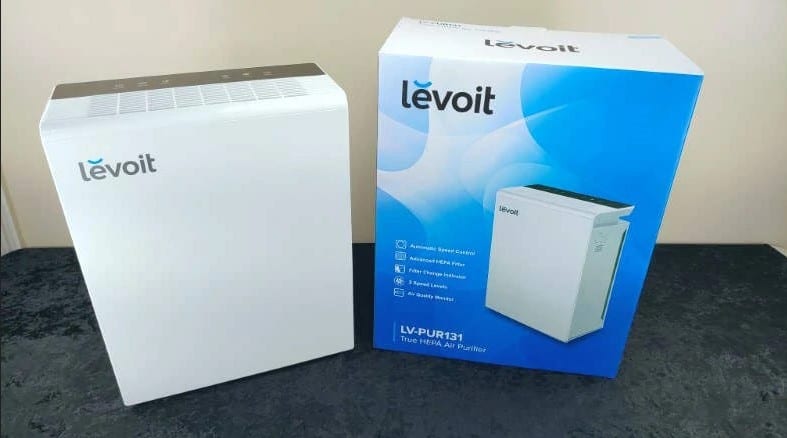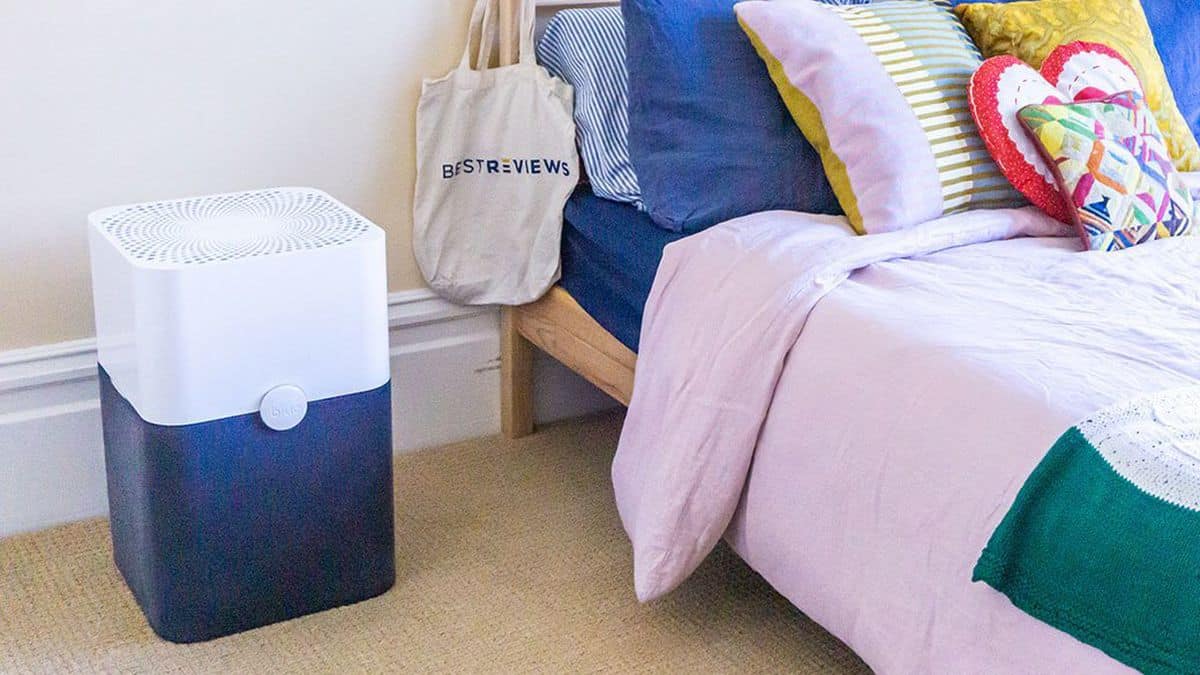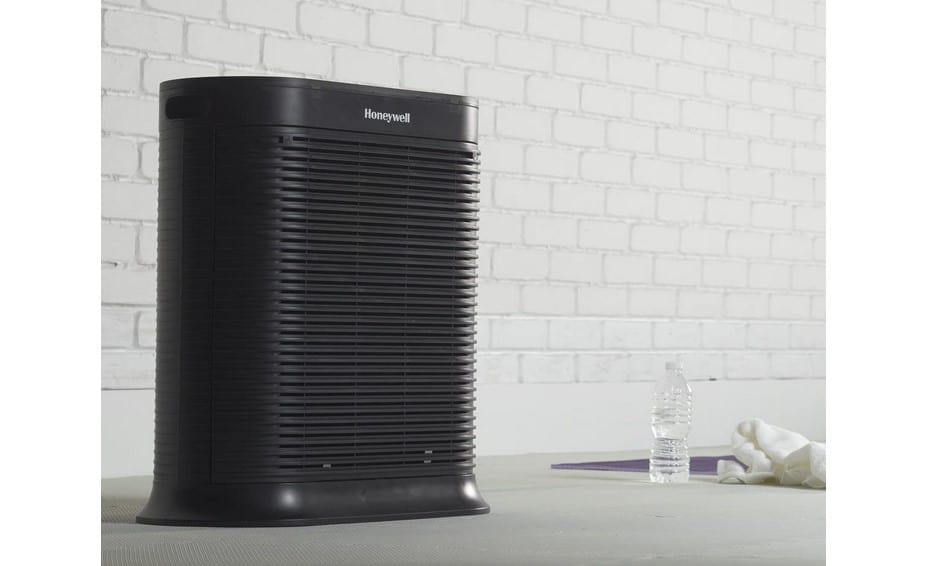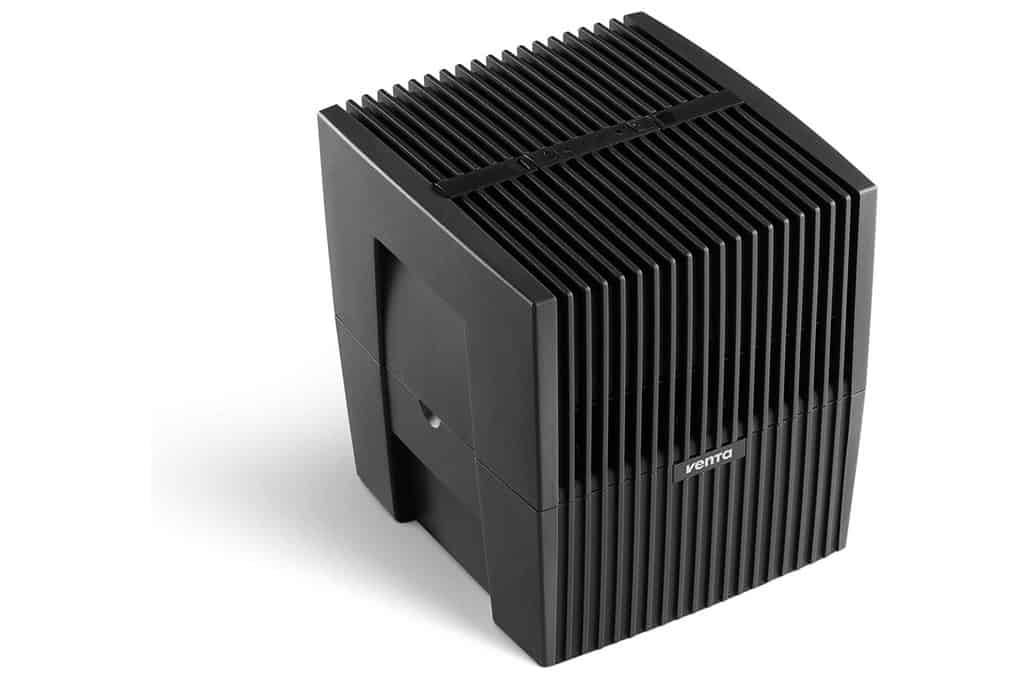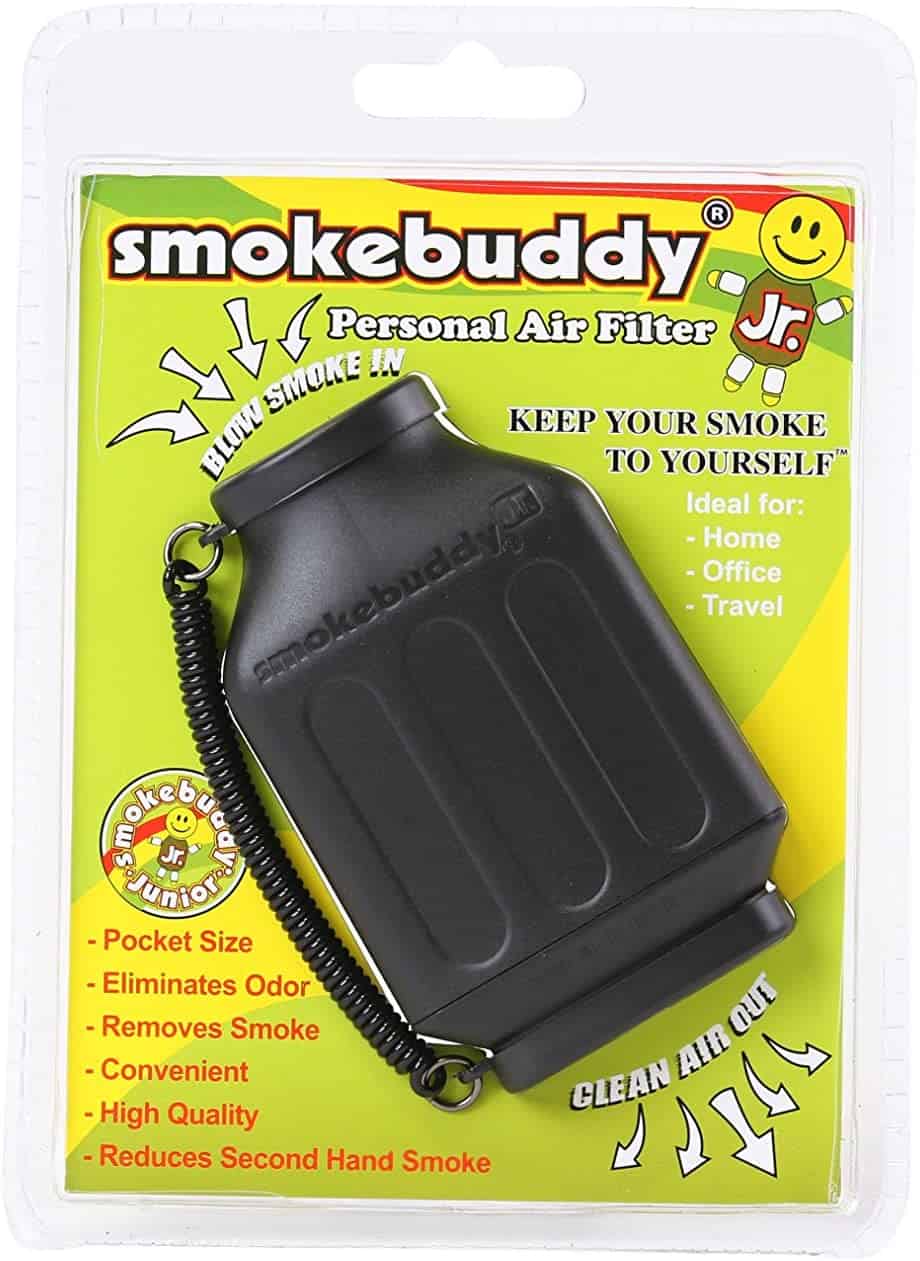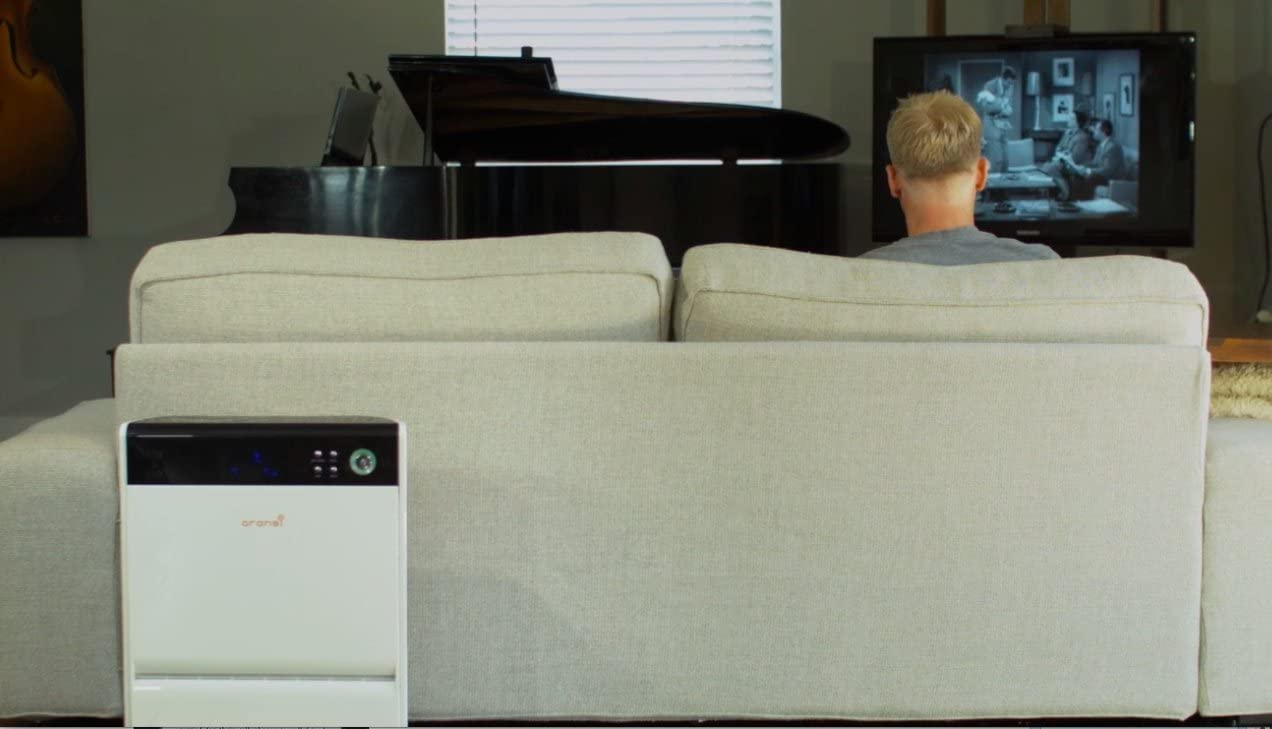If you’re wondering how to choose the best air purifier for your home, you may find the air purifier CADR comparison particularly helpful. The clean air delivery rate (CADR) measures the air purifier efficiency of different models. To figure out whether you want an air ionizer vs an air purifier, check out our guide.
KEY TAKEAWAYS:
- The AHAM created the CADR system to measure the effectiveness of an air purifier.
- The rating applies to the highest fan speed for the device, so it will not be as high if you run it at a slower speed.
- Consider what contaminates the air purifier filters will help eliminate in addition to the CADR rating.
Comparisons of Air Purifier CADR
All filters have different ratings, which you’ll see even when comparing an air filter vs. a car filter. A CADR is assigned to each model within the different types of air purifiers, and it is specific to the air purifier rather than the filter. However, remember that the CADR applies specifically to the highest fan speed available on the cleaners. Therefore, ideally, the top-rated air purifiers will have a higher CADR rating. This is why it’s important to know what size air purifier you’ll need, as well as how to buy an air purifier. An option is the Winix C535 vs C545, and against an air conditioner, an air purifier is way better.
What is CADR?
Clean air delivery rate (CADR) measures the air purifier’s performance, reflecting the volume of cleaned air cleaned in cubic feet per minute (CFM.) Three different CADR particle size ratings are measured, represented by small, medium, and large. Each CADR air purifier receives a rating for each of these airborne particle sizes. The Association of Home Appliance Manufacturers (AHAM) oversees the CADR scale and ratings.
Insider Tip
Check the filter’s thickness before looking at the CADR rating because thinner filters may perform well initially but not last long-term.
How is CADR Determined?
When testing air purifiers to determine the rate, the air purifier runs on the highest speed settings available on the appliance. Each purifier is tested with new air purifier filters, regardless of whether they are carbon filters, HEPA air purifiers, or another type. Additionally, the size and thickness of the filter media play a role since the rate depends on the initial performance. Thicker filter media may initially perform worse, but it may improve over time.
Other Aspects to Consider
While looking for air purifiers, you should consider the CADR rating, but there are other factors to consider. For example, the type of filter used in the device may affect how many airborne particles slip through the filtration technology, while others may generate ozone. The CADR considers the indoor air quality and airflow rate, but not the appliance’s features or price. Additionally, not all air purifiers help with odor removal. Before choosing an air purifier, you should try to understand the difference between an air purifier and an air ionizer, so you can make the best decision.
HEPA Filters for Indoor Air Pollutants
Many users consider high-efficiency particulate air (HEPA) filters some of the best in the air purifier industry. To be certified as HEPA, the filter must reduce the amount of harmful organic compounds in the air of larger particles. These tools should catch 99.97% of different pollutants that are 0.3 microns in size or larger, such as pet hair, environmental asthma triggers, dust particles, and some particulates from tobacco smoke. In addition, some filters exist that eliminate particulate matter over 0.1 microns in size, but the flow of air is reduced.
Activated Carbon Indoor Air Purifiers
Activated carbon air purifier filters catch gaseous pollutants and some airborne ones, including cigarette or tobacco smoke and mold spores. As a result, the filter efficiency for removing odors for activated carbon filters is higher than a HEPA filter, which does not eliminate odors. As a result, both HEPA and carbon filters may need a replacement every year to improve indoor air quality.
Air Ionizing Purifiers
Ionic air purifiers give particulates a negative or positive charge before pulling them to an oppositely charged plate. The pollutant stays on the filter unless there is interference by other organic compounds that cannot hold a charge. However, ionic air purifiers also produce small amounts of ozone, which can irritate the lungs. That said, these filters work particularly well on mold spores, but they do not have an industry-standard as specific as a HEPA air purifier.
Warning
The CADR rating does not measure the safety or noise level of the air purifier, so you may need to look at the product description to find out more.
F.A.Q.S
Do larger air purifiers have better CADR ratings?
Yes, larger filters with stronger fans will probably lead to a higher CADR rating because the score depends on the efficiency and airflow of the air purifier.
Who gives air purifiers their CADR rating?
The Association of Home Appliance Manufacturers tests air purifiers and assigns the CADR rating. They also produce the guidelines and processes.
Is it safe to leave an air purifier on throughout the day?
Some air purifiers may be safe to leave on throughout the day, but ozone generators or ionic air purifiers should not be run for long periods without ventilation.
STAT: Americans, on average, spend approximately 90 percent of their time indoors, where the concentrations of some pollutants are often 2 to 5 times higher than typical outdoor concentrations. (source)

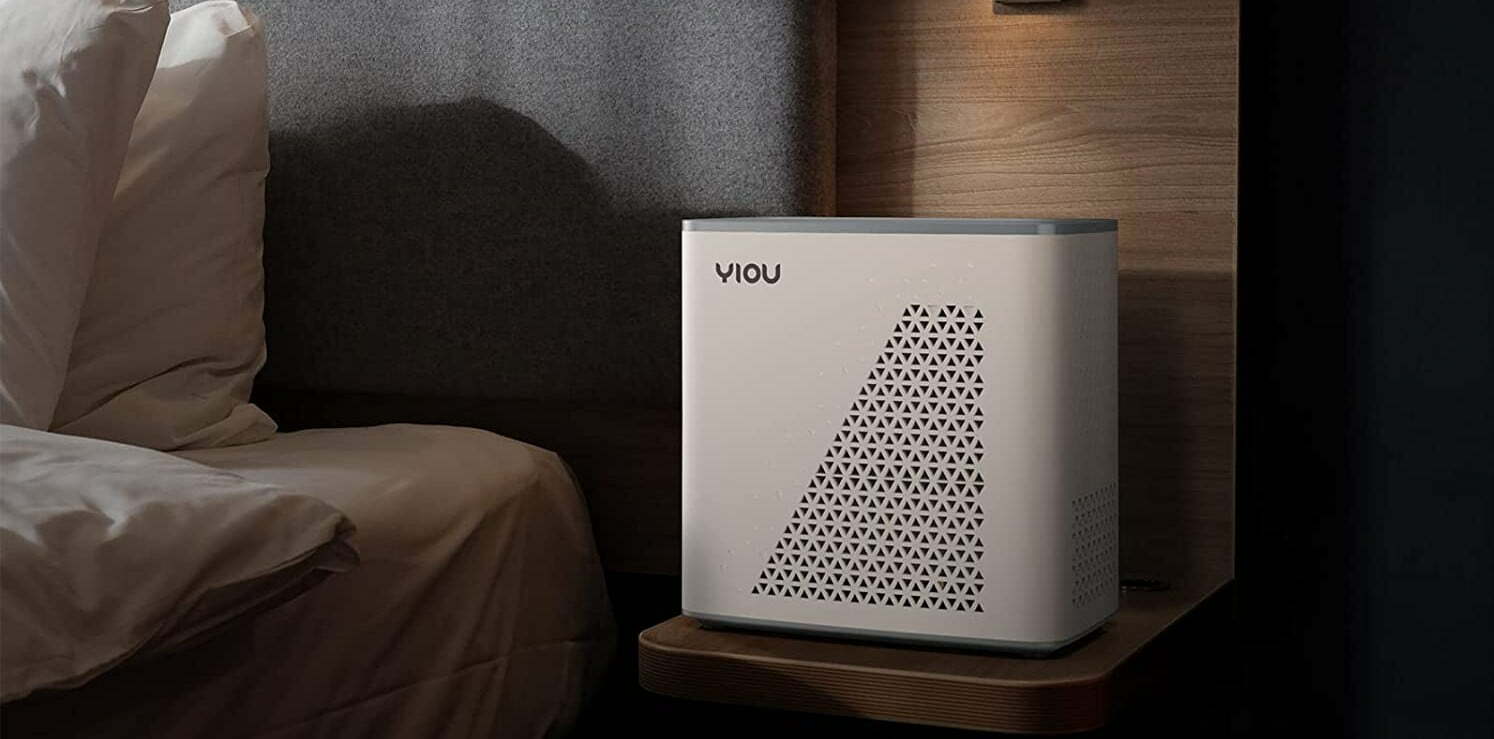













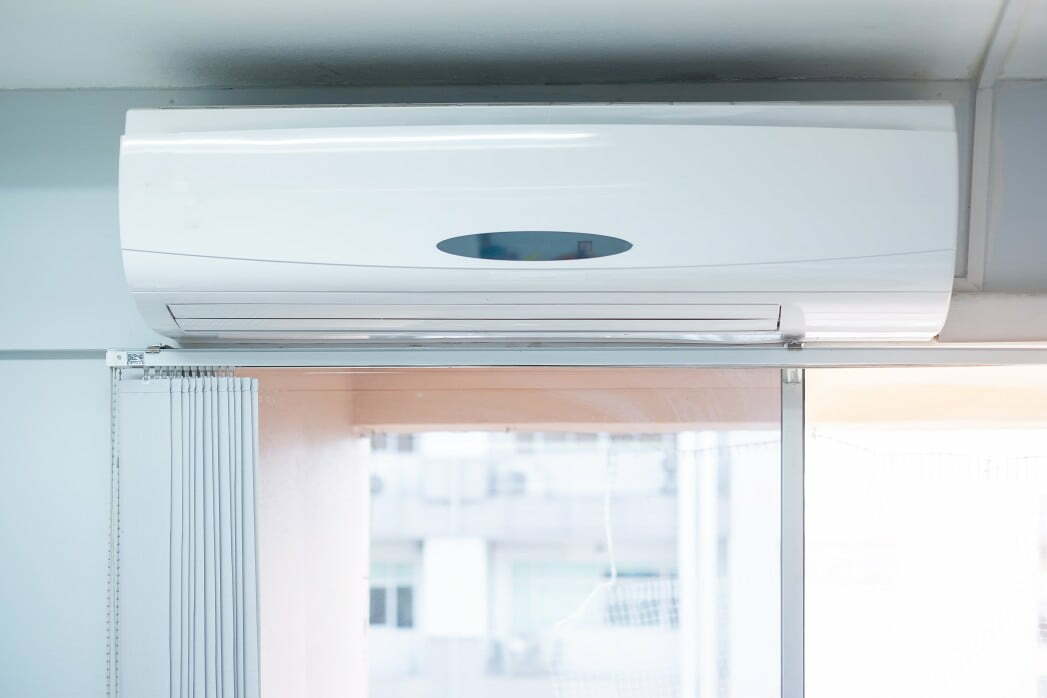

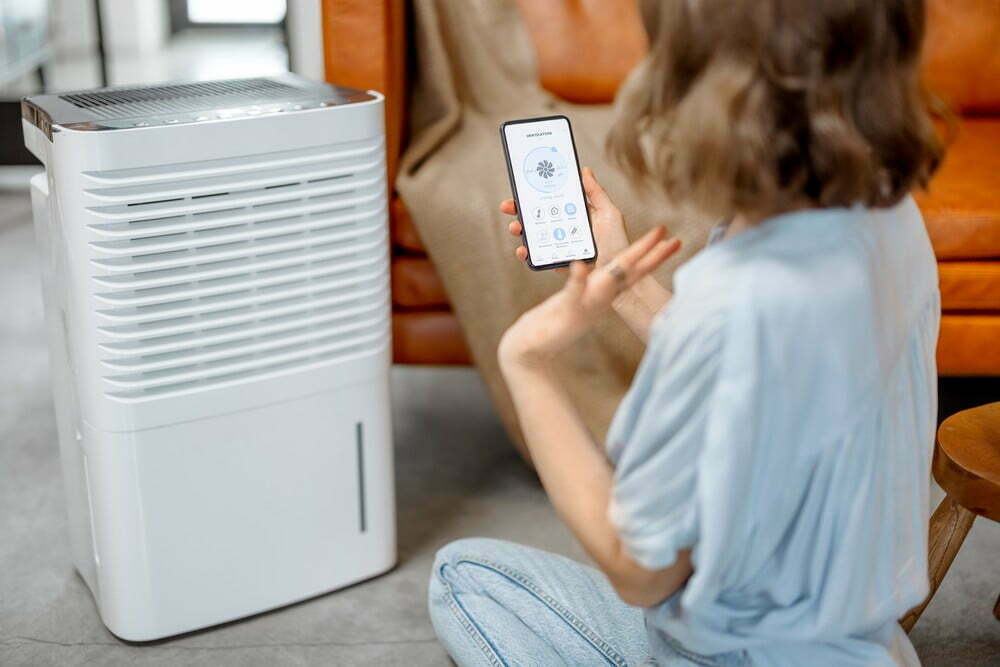
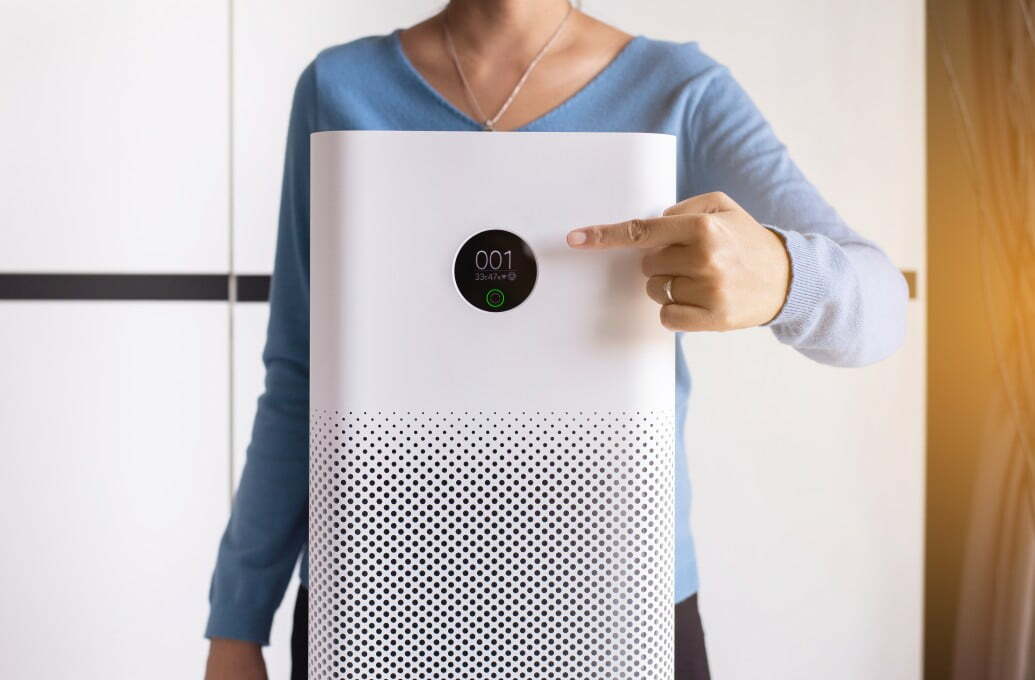
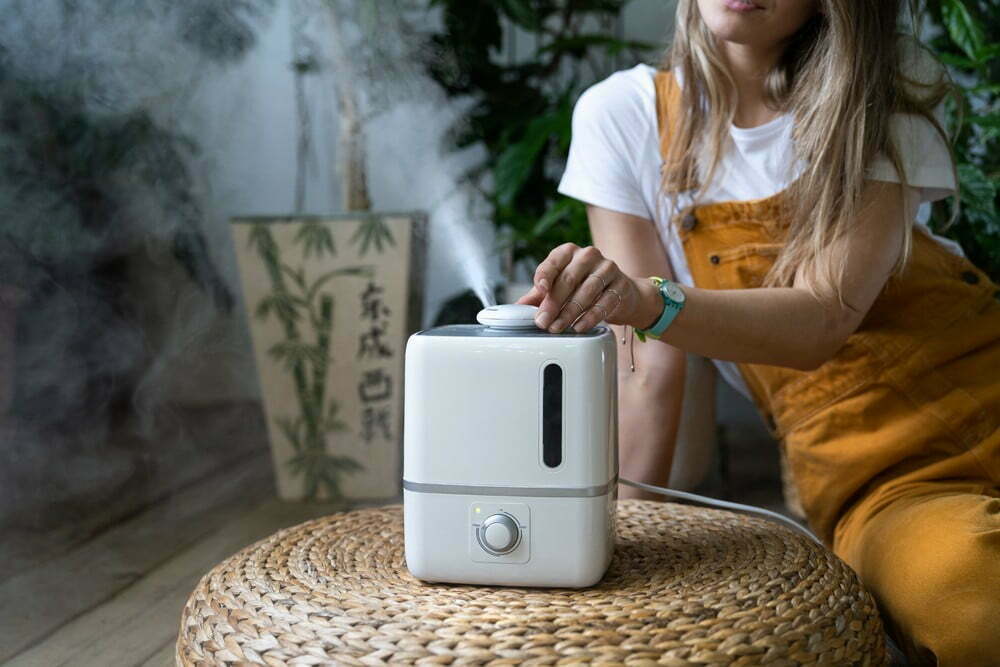


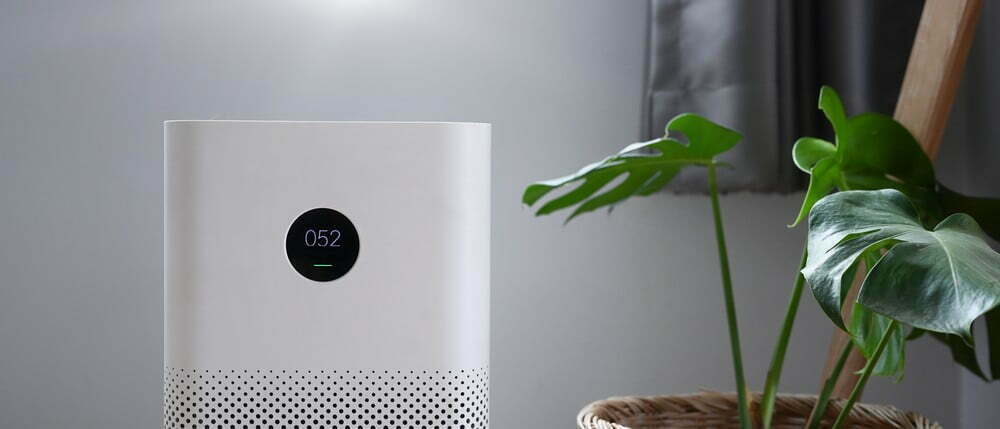
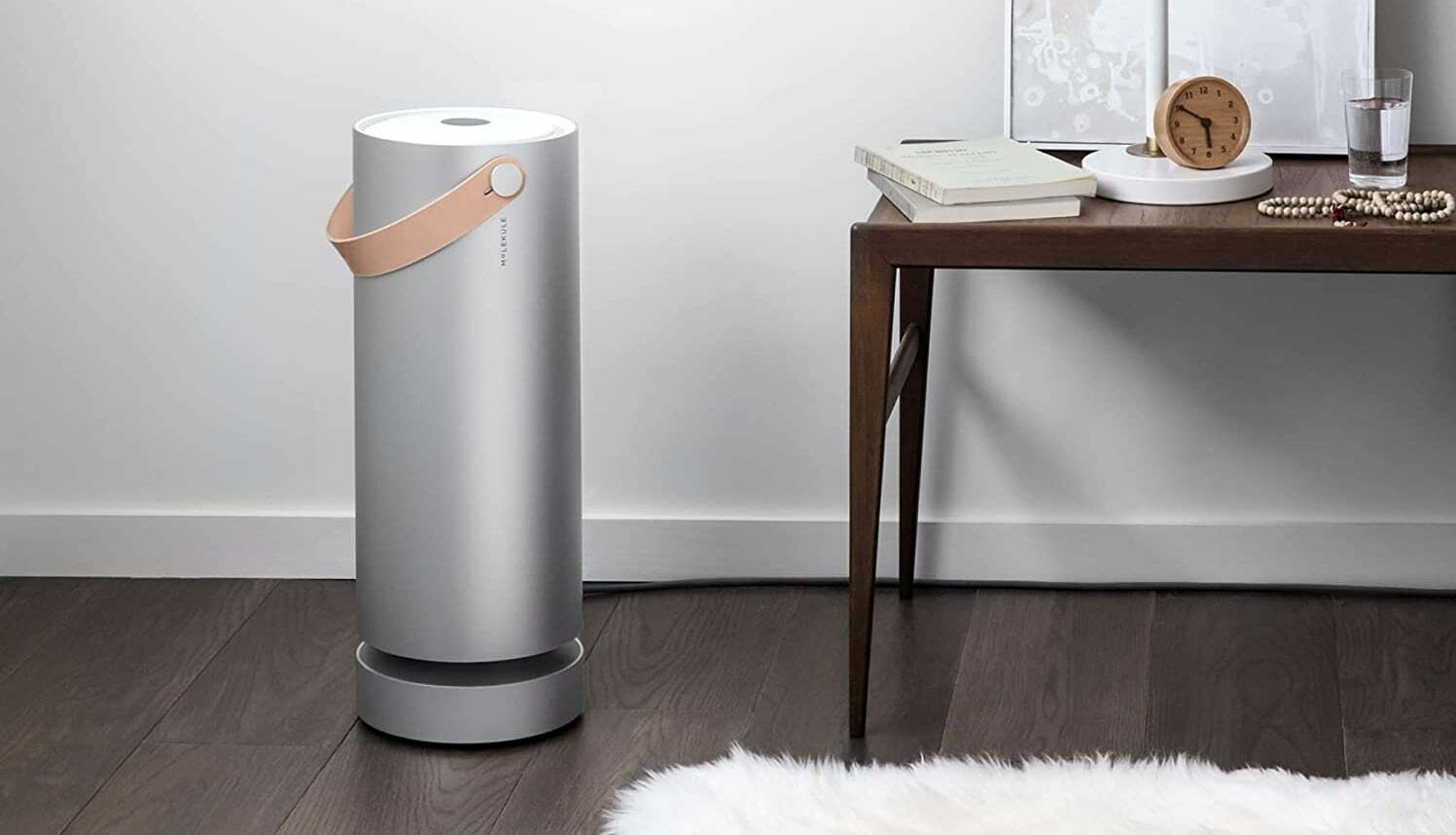
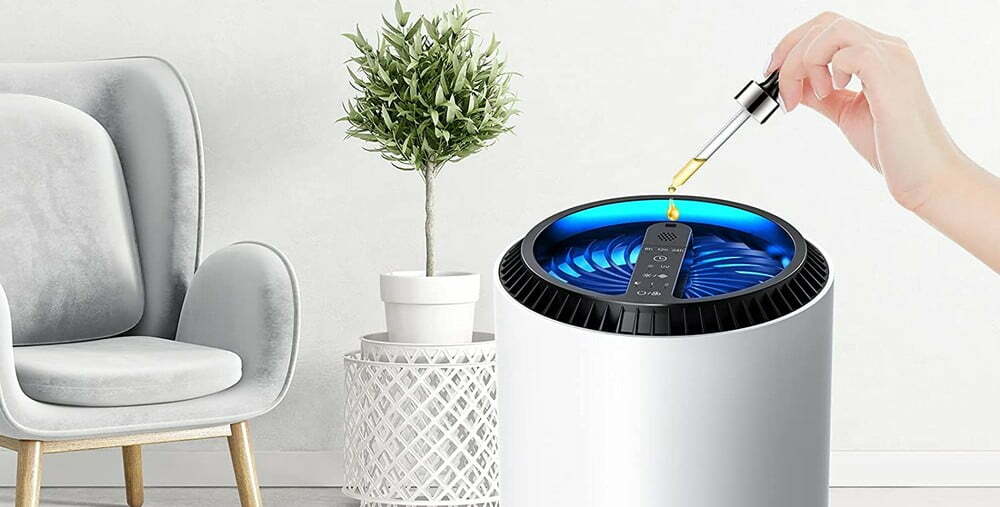
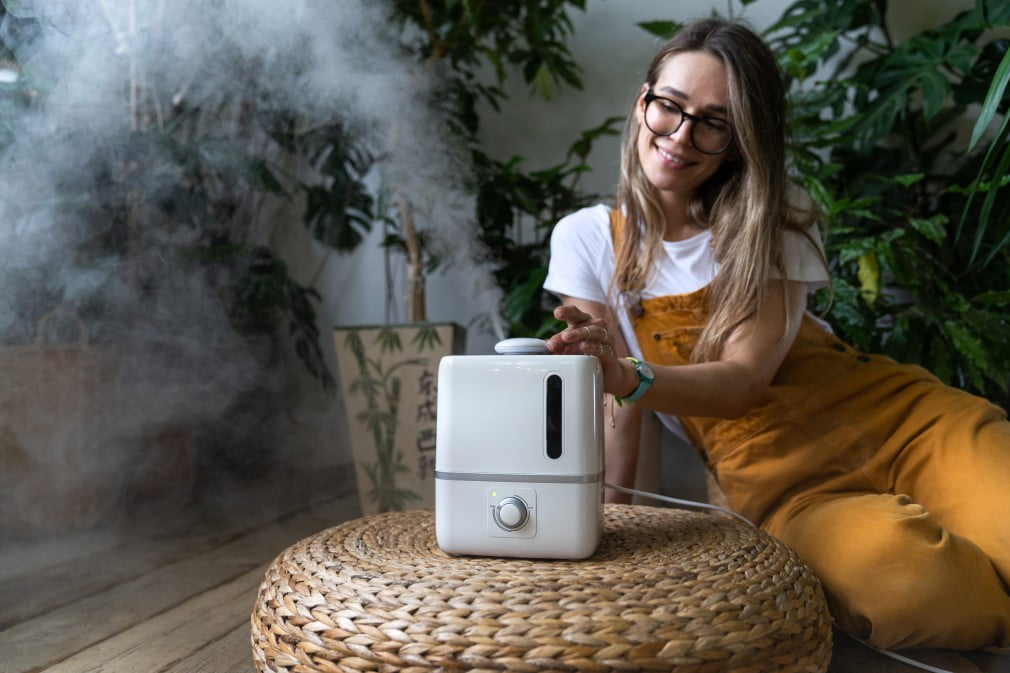
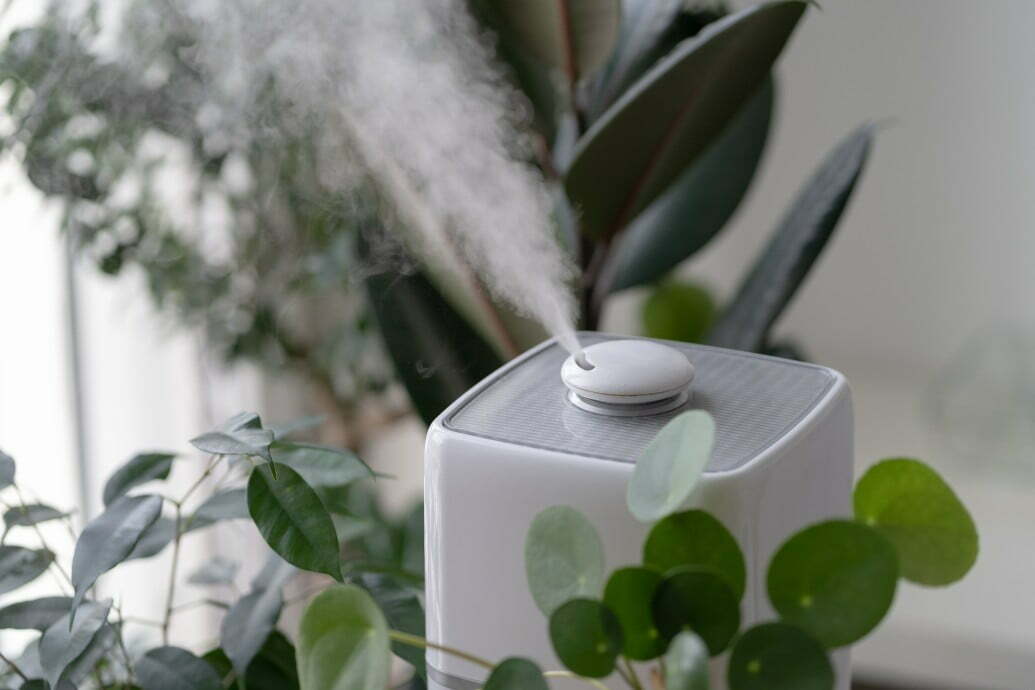
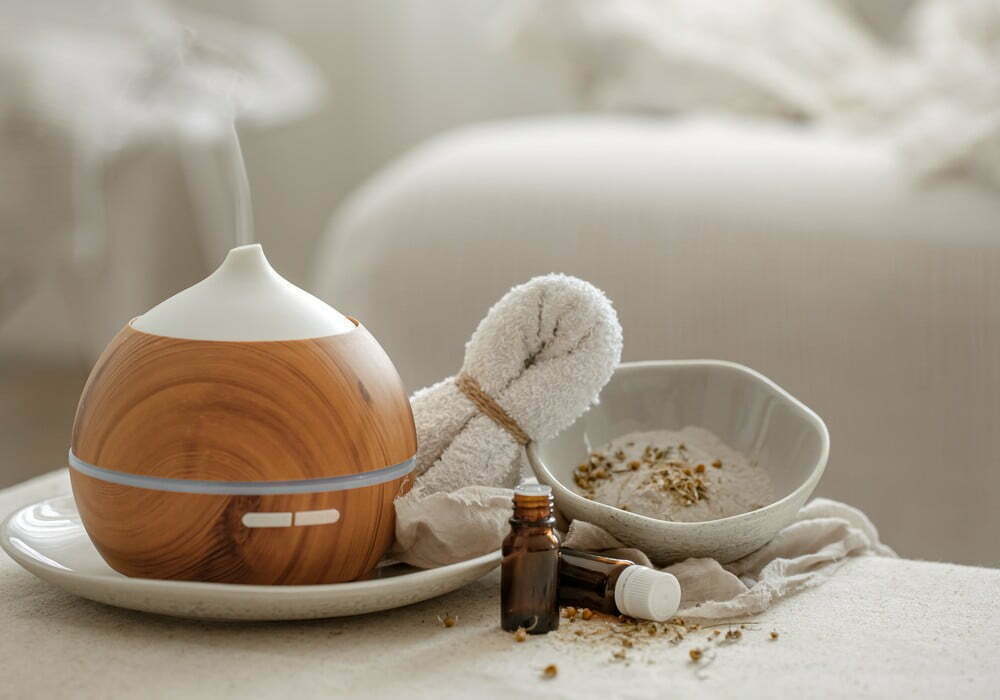
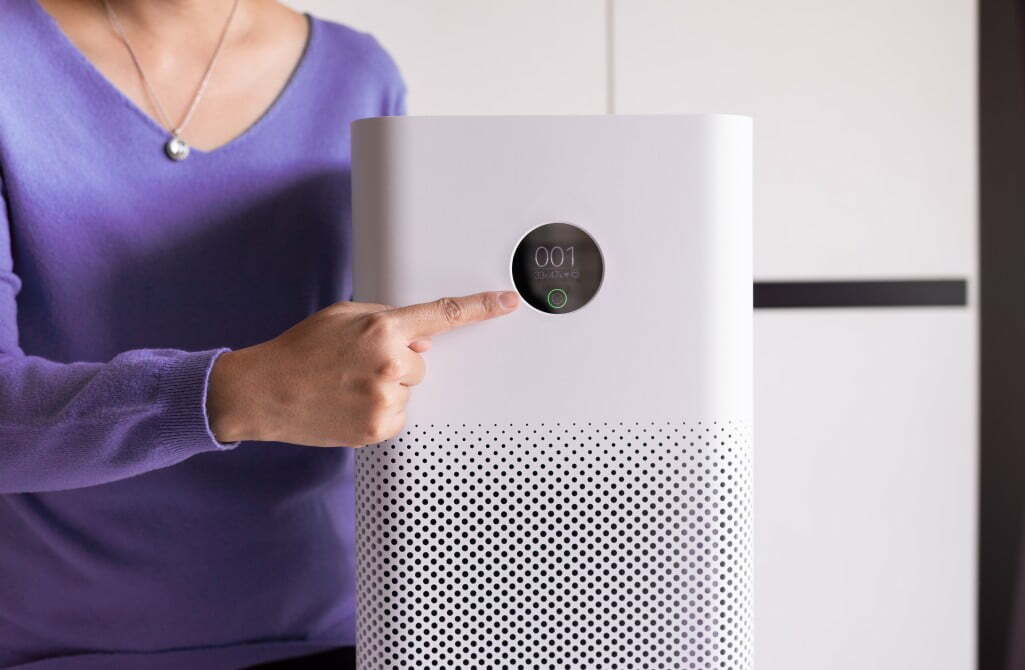
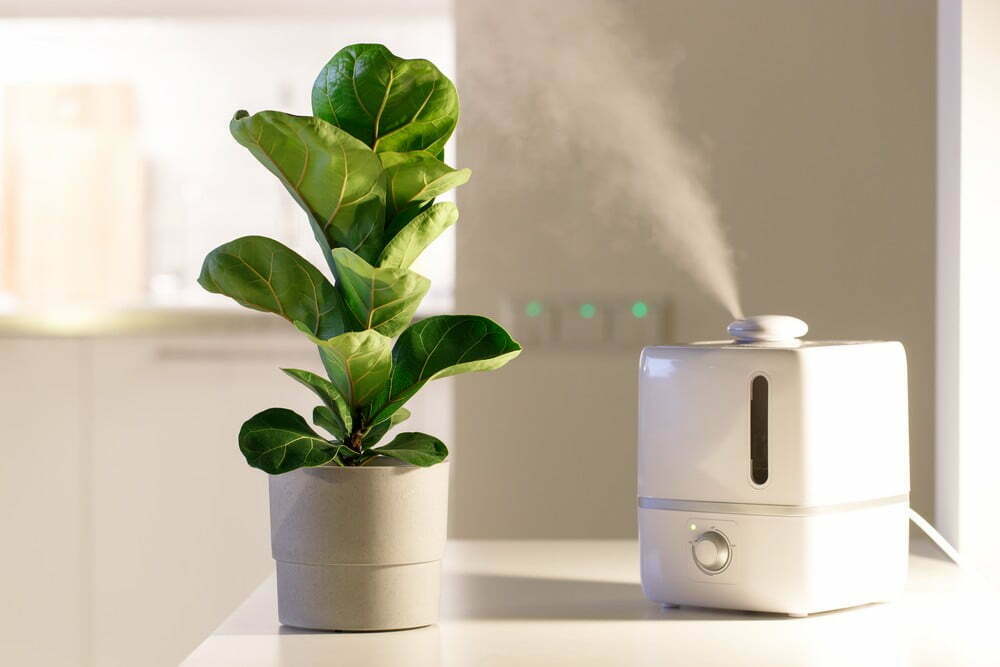

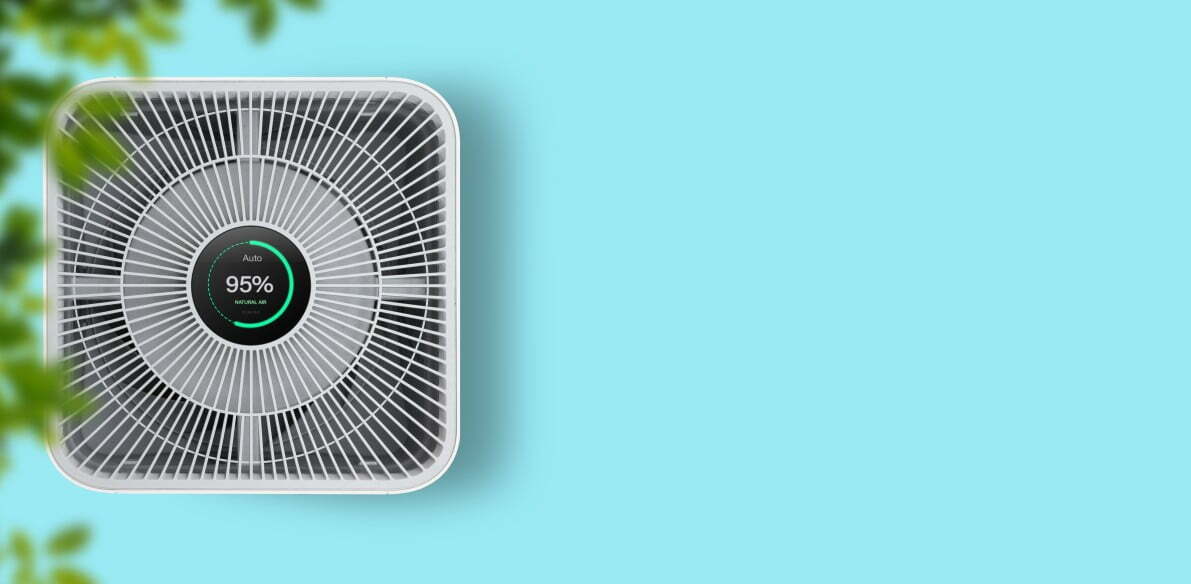
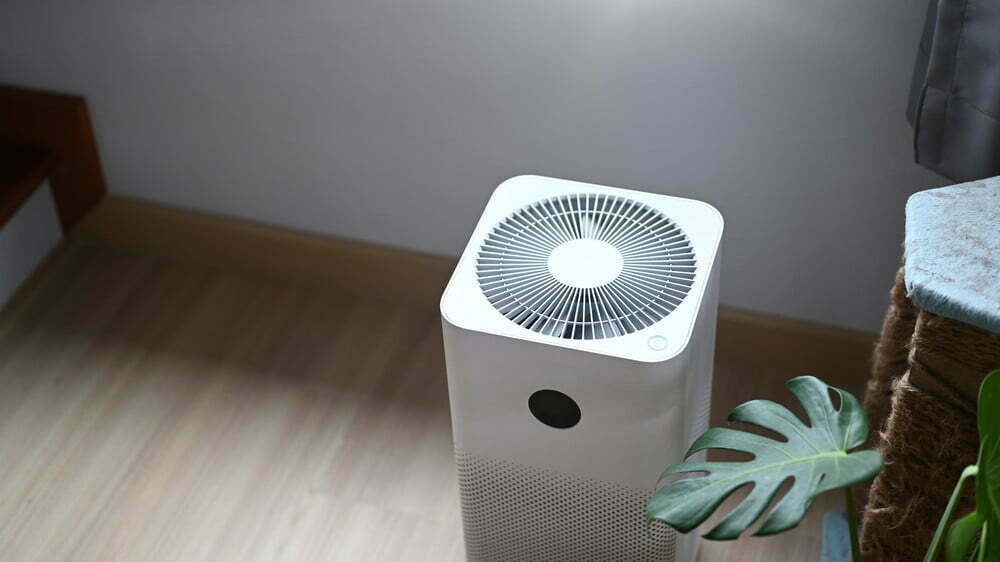
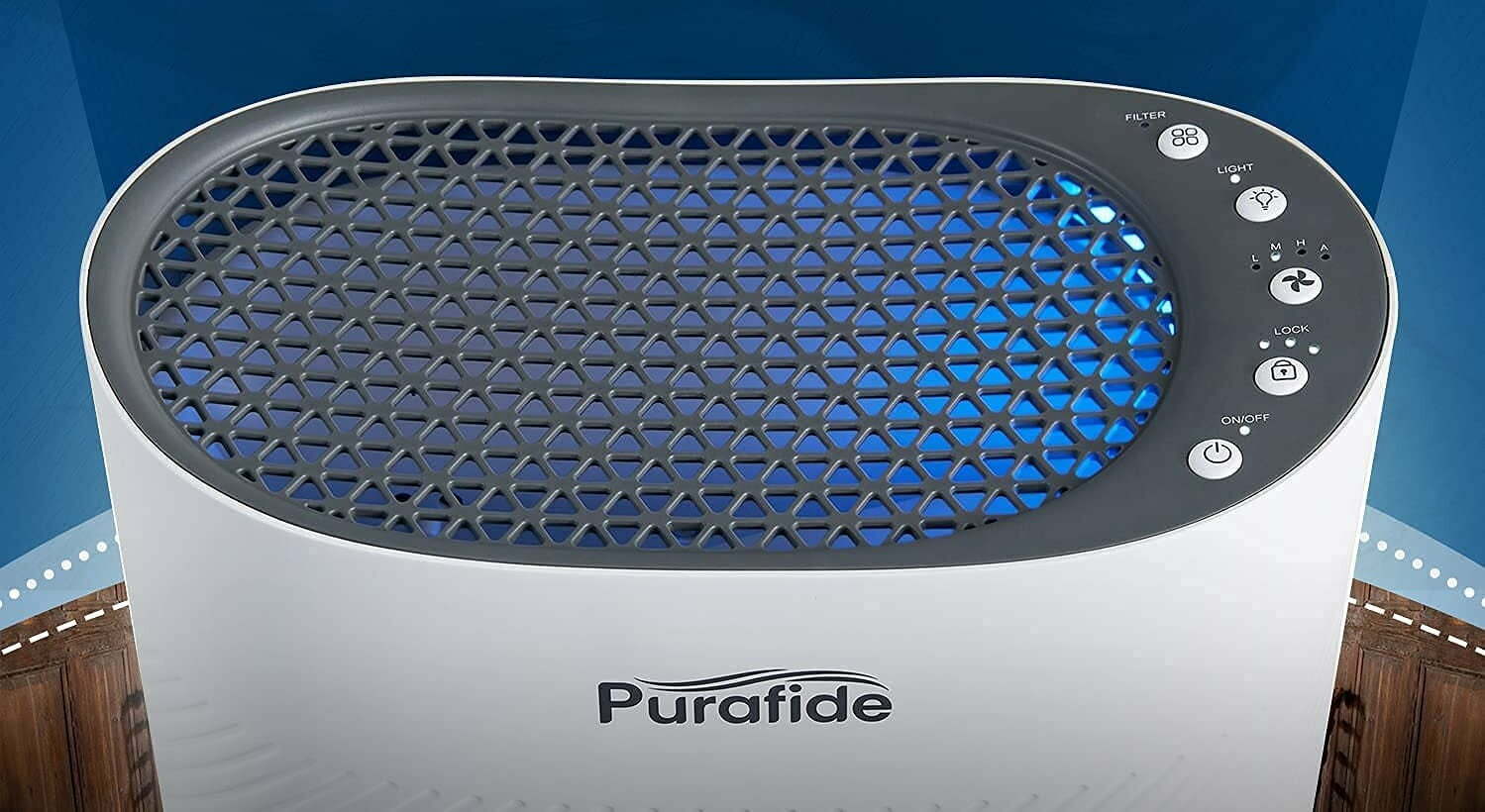
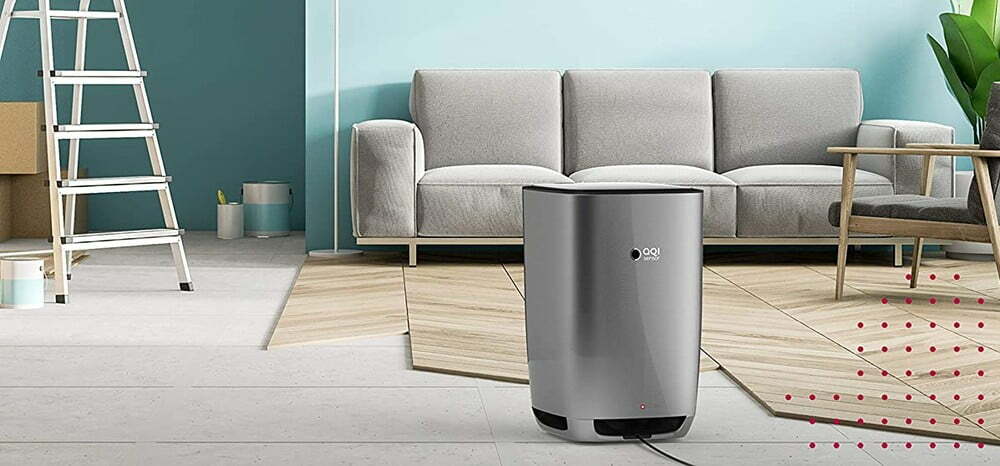
![Best Air Purifiers for VOCs and Formaldehyde in [year] 27 Best Air Purifiers for VOCs and Formaldehyde in 2026](https://www.gadgetreview.dev/wp-content/uploads/best-air-purifier-for-vocs-and-formaldehyde-image.jpg)
![Best Air Purifier in [year] ([month] Reviews) 28 Best Air Purifier in 2026 (January Reviews)](https://www.gadgetreview.dev/wp-content/uploads/Honeywell-True-HEPA-Allergen-Remover-HPA300-e1475603569442.jpg)
![Best Air Purifiers for Dust in [year] 29 Best Air Purifiers for Dust in 2026](https://www.gadgetreview.dev/wp-content/uploads/best-air-purifier-for-dust-image.jpg)
![Best Honeywell Air Purifiers in [year] 30 Best Honeywell Air Purifiers in 2026](https://www.gadgetreview.dev/wp-content/uploads/best-honeywell-air-purifier-image.jpg)
![Best Germicidal Air Purifiers in [year] 31 Best Germicidal Air Purifiers in 2026](https://www.gadgetreview.dev/wp-content/uploads/best-germicidal-air-purifier-image.jpg)
![Best Filterless Air Purifiers in [year] 32 Best Filterless Air Purifiers in 2026](https://www.gadgetreview.dev/wp-content/uploads/best-filterless-air-purifier-image.jpg)
![Best Levoit Air Purifiers in [year] 33 Best Levoit Air Purifiers in 2026](https://www.gadgetreview.dev/wp-content/uploads/best-levoit-air-purifier-image.jpg)
![Best Air Purifiers for Smoking Weed in [year] 34 Best Air Purifiers for Smoking Weed in 2026](https://www.gadgetreview.dev/wp-content/uploads/best-air-purifier-for-smoking-weed-image.jpg)
![Best Quiet Air Purifiers in [year] 35 Best Quiet Air Purifiers in 2026](https://www.gadgetreview.dev/wp-content/uploads/best-quiet-air-purifier-image.jpg)
![Best Desktop Air Purifiers in [year] 36 Best Desktop Air Purifiers in 2026](https://www.gadgetreview.dev/wp-content/uploads/best-desktop-air-purifier.jpg)
![Best Dyson Air Purifiers in [year] 37 Best Dyson Air Purifiers in 2026](https://www.gadgetreview.dev/wp-content/uploads/best-dyson-air-purifier.jpg)
![Best Air Purifiers for Dorm Room in [year] 38 Best Air Purifiers for Dorm Room in 2026](https://www.gadgetreview.dev/wp-content/uploads/air-purifier-for-dorm-room-1.jpg)
![Best Air Purifiers for Office in [year] 39 Best Air Purifiers for Office in 2026](https://www.gadgetreview.dev/wp-content/uploads/best-air-purifier-for-office.jpg)
![Best Air Purifiers for Basement in [year] 40 Best Air Purifiers for Basement in 2026](https://www.gadgetreview.dev/wp-content/uploads/best-air-purifier-for-basement.jpg)
![Best Air Purifiers For Odor in [year] 41 Best Air Purifiers For Odor in 2026](https://www.gadgetreview.dev/wp-content/uploads/best-air-purifier-odor.jpg)
![10 Best Personal Air Purifiers in [year] 42 10 Best Personal Air Purifiers in 2026](https://www.gadgetreview.dev/wp-content/uploads/best-personal-air-purifiers.jpg)
![10 Best Plug In Air Purifiers in [year] 43 10 Best Plug In Air Purifiers in 2026](https://www.gadgetreview.dev/wp-content/uploads/best-plug-in-air-purifier-image.jpg)
![10 Best Whole House Air Purifiers in [year] 44 10 Best Whole House Air Purifiers in 2026](https://www.gadgetreview.dev/wp-content/uploads/best-whole-house-air-purifier-image.jpg)
![10 Best Large Room Air Purifiers in [year] 45 10 Best Large Room Air Purifiers in 2026](https://www.gadgetreview.dev/wp-content/uploads/Coway-Airmega-200M-Large-Room-Air-Purifier-900x900-1.png)
![10 Best UV Air Purifiers in [year] 46 10 Best UV Air Purifiers in 2026](https://www.gadgetreview.dev/wp-content/uploads/best-uv-air-purifier.jpg)
